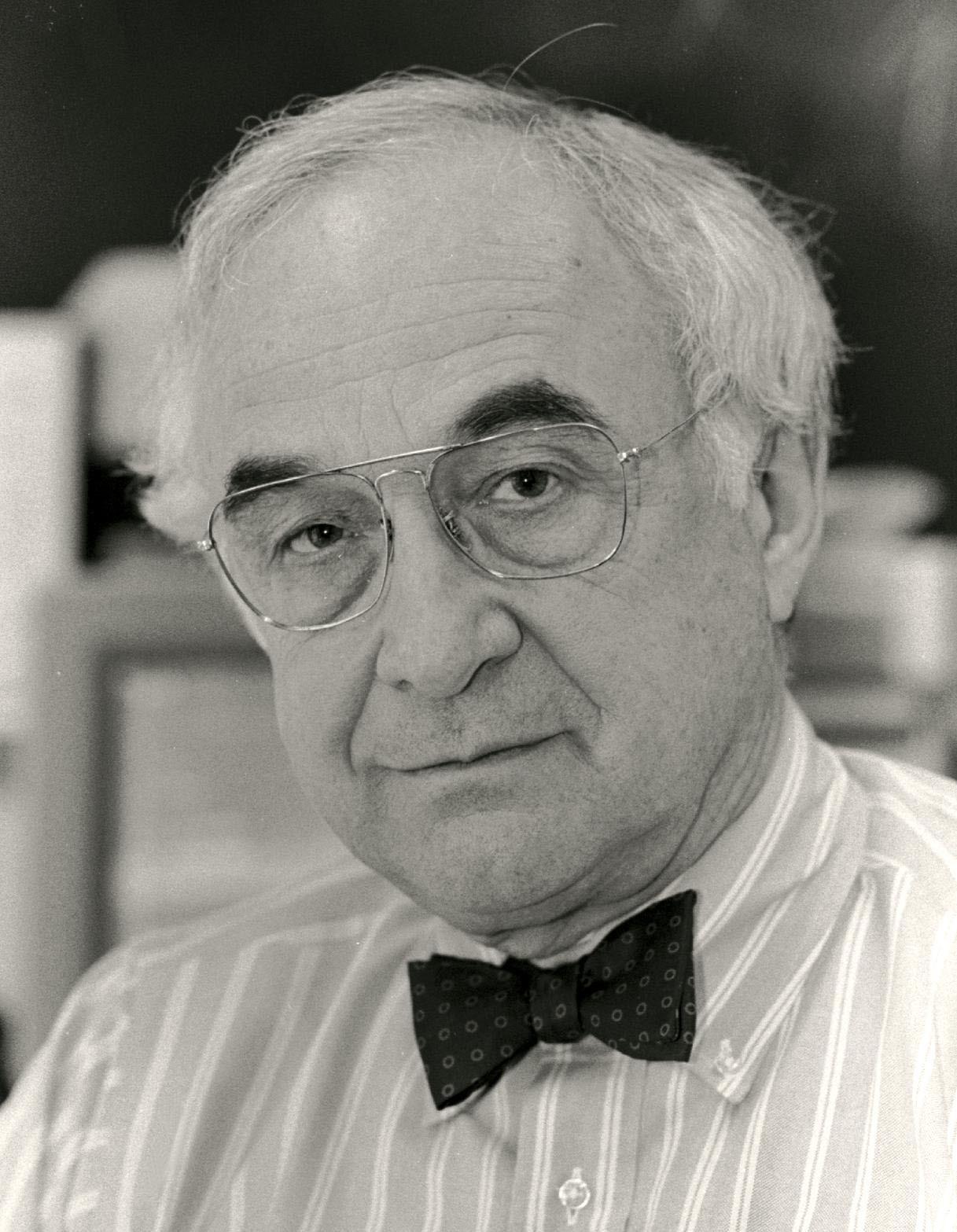If you fill out the "Forgot Password" form but don't get an email to reset your password within 5-10 minutes, please email logistics@ire.org for assistance.

Philip Meyer did ground-breaking investigative reporting, but his contribution to journalism and to Investigative Reporters and Editors runs far deeper. He did nothing less than invent a theoretical foundation for a stubbornly craft-anchored trade. A half-century later, his sapling has grown to become a full-grown tree.
In the early years, puzzled editors thought he wanted journalists to learn to use “computers,” but his vision was more radical. “My intent, then as it is now, was to encourage my colleagues in journalism to apply the principles of the scientific method to their tasks of gathering and presenting the news,” he wrote in 2002 in the introduction of the fourth edition of “Precision Journalism: A Reporter’s Introduction to Social Science Methods.” One measure of his enduring contribution: The book was first published in 1973 and remains in print.
He realized that the scientific method, born of the Enlightenment’s skepticism and empiricism, meshed well with the instincts and craft of investigative reporters. Scientists and journalists share many goals and methods, he wrote: skepticism; “openness,” which today is better known as “transparency”; a focus on testability, or verifiability; “a sense of the tentativeness of the truth”; and parsimony – a conviction that the simplest possible explanation is the most likely. That last point capsulized his practicality: Parsimony protects journalists against the world’s nuttiness and simplifies their work. It reminds them, again and again, that the world is knowable, whether a reporter is trying to find a pattern in police stops or to unpack an investment scam.
In 1966-67, during a Nieman fellowship at Harvard University, he listened to communications scholars and learned DATA-TEXT, a programming language developed there for the university’s IBM mainframe computer. As quantitative methods spread in the social sciences, he realized that they could also strengthen the quality and credibility of journalism.
His groundbreaking work for the Detroit Free Press on the causes of the 1967 Detroit riot helped the newspaper win the Pulitzer Prize. Even today, when survey research is a common newsroom tool, what he did remains remarkable: a detailed opinion survey of hundreds of marginalized people, many of them self-admitted rioters, delivered in a journalistic time frame using volunteers, paper forms, punch cards, a mainframe computer and paper printouts.
In 1972, with Donald Barlett and James Steele of the Philadelphia Inquirer, he used similar tools in another groundbreaking work. Starting with hundreds of dusty paper court records, he led the coding, programming and analysis that helped Barlett and Steele show clearly the sentencing disparities in Philadelphia’s courts.
In 1981, he joined the journalism faculty at the University of North Carolina at Chapel Hill and taught there for almost three decades. His biggest long-term contribution to journalism may have been the hundreds of students – including 72 graduate students he advised -- who learned his ideas firsthand and went on to staff and lead newsrooms around the country.
Ever optimistic, curious and forward-thinking, he accepted a consulting assignment in the mid-1980s at USA Today, whose editors wanted to add depth and impact to their early success. He recommended that it embrace precision journalism. In 1988, it created a four-person data journalism team, an unparalleled commitment then and for years afterward. For more than a decade, he worked with that team for a couple days a month, brainstorming, analyzing and inspiring.
His interest in survey research kept him active in the American Association for Public Opinion Research and he served as its president in 1990-91. As recently as 2008, he served on a special committee that delved into the poor performance of polls taken before several presidential primaries.
He wrote several books on journalism in addition to “Precision Journalism,” including “The Vanishing Newspaper: Saving Journalism in the Information Age,” (2004). It now sounds grimly prescient but its message was ever-hopeful, just as he was. In its second edition (2009), he wrote: “Toward the end of this volume, I offer a suggestion for a more purposeful end product that might make enough money to provide sustainable journalism. The helter-skelter stripping down of the traditional product won’t get us there. ... Somewhere inside the traditional newspaper organization, there still exists the capacity to salvage a transformed, sustainable, socially useful news business.”
Among just three organizations to which his family asked that posthumous contributions be made in his honor: IRE.
IRE members Shawn McIntosh, Ted Mellnik and Paul Overberg are proud to nominate Philip Meyer to IRE's Ring of Honor.

Looks like you haven't made a choice yet.